More On: Einstein
After all, Einstein was not a 'lone genius'
Government actions: Einstein and Heraclitus
Harvey Weinstein asks the judge to stop the prison dentist from taking out his bad teeth
Harvey Weinstein's Importance
Scientists have confirmed what Albert Einstein predicted over a century ago
Even the smartest person in history couldn't have done everything he did without a lot of help from other smart people.
The idea of the lone genius is probably the biggest myth in all of science. Someone with a great mind but no formal training wades into a field and can see things right away that no one else has seen before. With just a little bit of work, they solve puzzles that have stumped the smartest people before them. And maybe, if you were lucky enough to get into a field like that, you could make the big discoveries that the best experts in the world had all missed.
We often tell ourselves this false story about Einstein. That even though he was an outcast and dropped out of school, he taught himself everything he needed to know and changed the field of physics in many ways. In the beginning, he thought about light, which led to the photoelectric effect, special relativity, and the equation E = mc2. Later, his work on its own led to General Relativity, which is arguably his best work. Einstein did everything by himself to move the field of physics out of its Newtonian rut and into the 20th and now 21st centuries. Here are some reasons why that couldn't be more wrong.
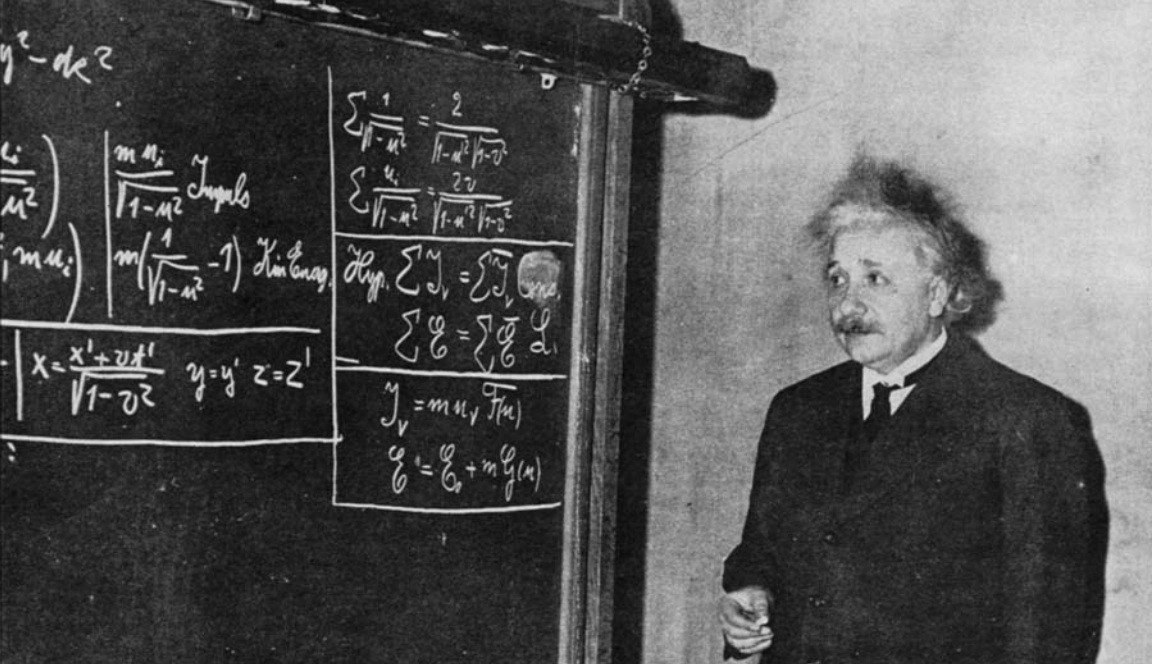
Yes, it's true. In 1905, Einstein published a series of papers that would later change many parts of physics. Because of these papers, we call 1905 Einstein's "miracle year." But it's hard to say that these big steps forward happened in a vacuum or that Einstein was somehow a stranger to the field of physics.
On the contrary, Einstein himself moved to Switzerland to study physics and math, even though he was born in Germany. At age 17, he went to Zürich to get a teaching diploma in math and physics. He graduated from that program in 1900. That might not sound like much, but that University is now called ETH Zürich, and 22 Nobel Prize winners have studied there.
Yes, he did go to work at the Swiss patent office. At the same time, though, he was still going to school in Zürich. Einstein also got the job because of his friend and classmate Marcel Grossman. Grossman's father knew people who could help Einstein get the job. Grossman didn't need it because he was able to pay for his graduate school with teaching jobs.
There was also a lot of evidence that went beyond what Newton's ideas could explain, and it had been known for decades that this was the case.
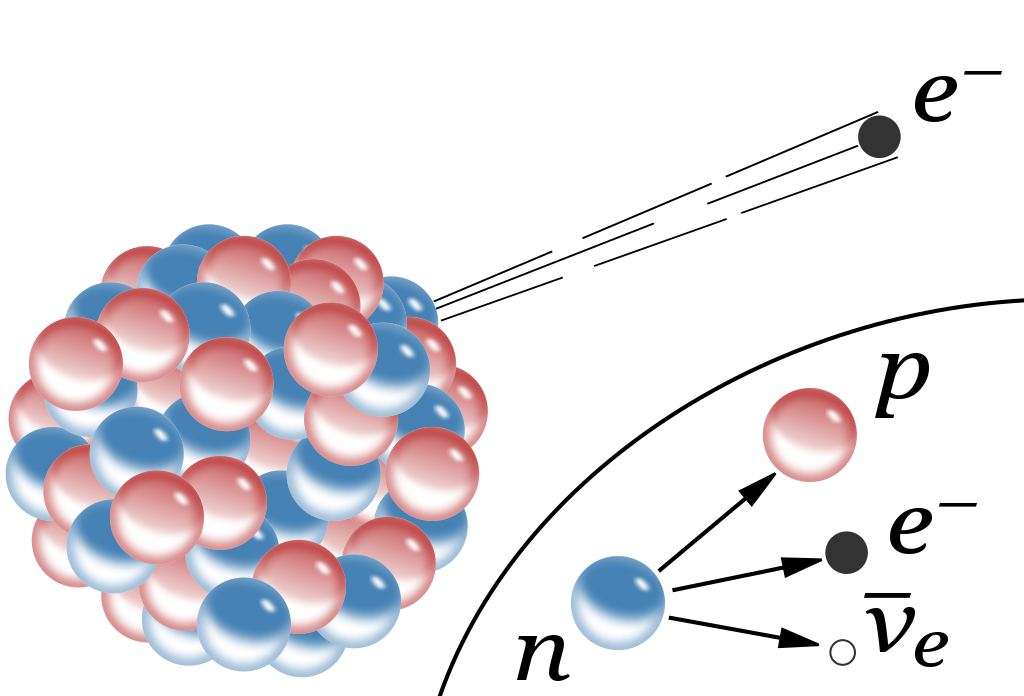
Newton's Universe was ruled by a set of rules. If you could write down the positions, speeds, and masses of all the particles in a system, you could figure out how each of them would change over time. If you had an infinite amount of computing power, you could figure this out to any level of accuracy at any time. Maxwell's equations put electromagnetism on the same level as Newton's theories of gravity and mechanics. At the time Einstein was born, these were the most important ideas in physics.
But puzzles came up and became famous in the last few decades of the 1800s. Radioactivity had been found, and it was known that the time any atom would break down was random. Also, some radioactive decays broke the law that mass stays the same. For example, during beta decay, mass was lost. It was already known that objects moving close to the speed of light did not follow Newton's laws of motion. Time dilation and length contraction had already been found and described. The Michelson-Morley experiment's null results were found to be true.
And, perhaps most importantly, when the precession of Mercury's orbit was calculated in detail, taking into account the gravitational pull of the planets and moons as well as the change in Earth's equinoxes over time, it was 43 arc-seconds per century off from what was seen.
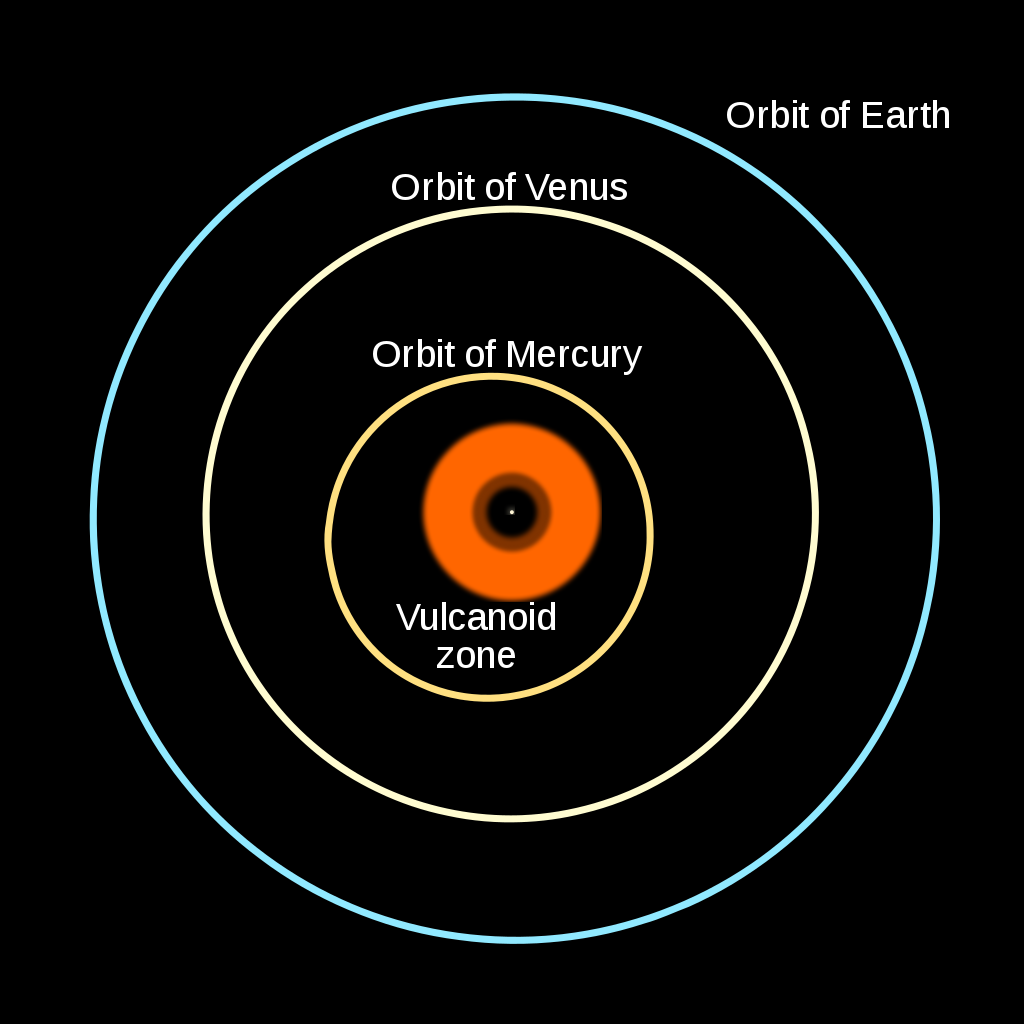
Yes, Einstein's papers were quite a big deal when they came out in 1905. But it's not like he hadn't worked or gone to school since he graduated. His main job at the patent office was to look at electrical and electromechanical devices, such as devices for sending electric signals and keeping things in sync. He studied physics on his own with a group of friends who were also interested in physics and math. He read the works of Ernst Mach and Henri Poincaré, among others. And because of his studies, he got a Ph.D. from the University of Zürich for his dissertation, which he wrote with Professor Alfred Kleiner and was called "A new determination of molecular dimensions."
Einstein's accomplishments in 1905, which were:
- the discovery of Brownian motion,
- the derivation of E = mc2 and mass-energy equivalence,
- the discovery of the photoelectric effect,
- and the derivation of special relativity,
were important, but they didn't happen by themselves. On the contrary, Einstein benefited from the help of his friends, colleagues, teachers, and mentors, as well as the work of his first wife, whose contributions may never be fully understood. His papers didn't just come out of nowhere. Instead, they built on what Planck, Lorentz, FitzGerald, Thomson, Heaviside, Hasenohrl, and Poincaré had already said. In fact, Poincaré came up with E = mc2 on his own in 1900. It's possible that Einstein's study group read that same paper.
What about the theory of General Relativity? According to the legends you may have heard about Einstein, he just had what he called "his happiest thought" around 1907, and the rest is history.
So, what did he think about when he was "happiest"? It was to think about what would be different for an observer who was locked in a room with no windows on the surface of the Earth and felt the force of gravity pulling everything down towards the center of the Earth versus an observer who was locked in a room in space that was moving at the same rate everywhere.
Einstein thought that a person inside could not tell the difference between the two situations. Everything inside would move "downward" at 9.8 m/s2, and the floor would push "upward" with a normal force to balance the downward pull. If light were shone from one end of the room to the other, it would travel in a curved path based on either acceleration or gravity. Today, this idea is known as Einstein's equivalence principle. It was the link between Einstein's theory of special relativity, which explained motion, and Newton's theory of gravity, which explained gravitation but not motion.
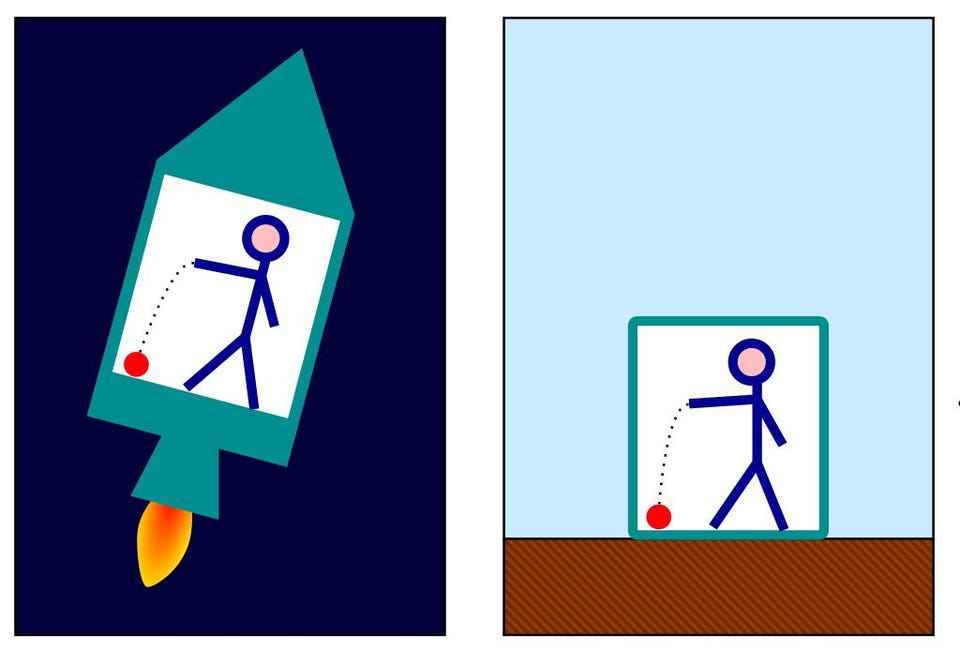
But even with this, Einstein was not working in a vacuum at all. Hermann Minkowski was Einstein's professor when he was an undergraduate. He fell in love with special relativity and was shocked to find out that Einstein had created it. "It was a huge shock to me, because Einstein was a real slacker when he was in school. He never cared about math at all," Minkowski wrote, but it was Minkowski who, based on Einstein's work, came up with the idea of spacetime. He set the stage for the mathematical development of General Relativity by putting space and time on the same mathematical level.
Einstein's "happiest thought" may have been inspired by some interesting work that Henri Poincaré did before it. Poincaré realized that Mercury's orbit needed adjustments for more than just the Earth's precessing equinoxes and the gravitational pull of the other planets and moons in the Solar System. As the fastest planet, Mercury's speed relative to the speed of light could not be ignored. With the discovery of special relativity, he realized that Mercury's time would slow down and its length would shrink in the direction it moved around the Sun. When he used special relativity to look at Mercury's orbit, he found that by adding just that one effect, he could explain about 20% of the extra precession that had been seen.
How, then, would it be possible to make a physical theory that combines gravitation with this new idea of spacetime, explains why Mercury's orbit wobbles, takes into account special relativity, and still works as well as Newtonian gravity did for centuries?
It was actually Marcel Grossman, Einstein's friend and former classmate, who came up with the idea. Einstein came up with the idea of the equivalence principle, but Grossman was the one who thought of using non-Euclidean geometry to describe the Universe.
After all, this was Grossman's area of expertise: Riemannian geometry, in which two lines that are parallel do not have to stay parallel. Instead, they can move toward each other and meet or move away from each other and get farther and farther apart, depending on the underlying geometry. Differential geometry and tensor calculus were exactly the words Einstein needed to describe the Universe he was trying to picture, and Grossman was the one who put it all together. Outline of a Generalized Theory of Relativity and of a Theory of Gravitation was the first of two important papers that established General Relativity as the theory of gravity.
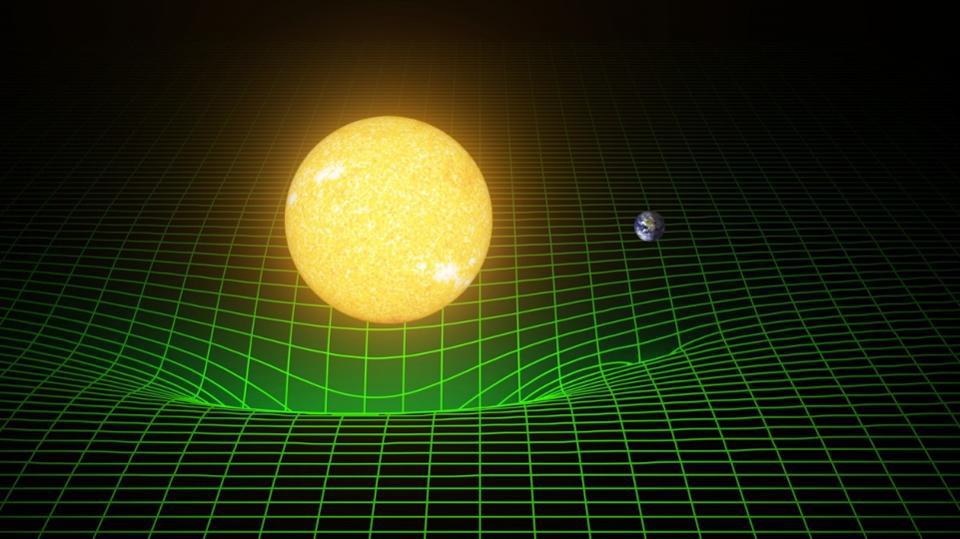
But even Grossman and Einstein, through him, did not have a unique skill in this area. Absolute differential calculus, as a field, had been introduced by Elwin Christoffel in 1869 and was only recently, at the time, completed by Gregorio Ricci and Tullio Levi-Civita in 1900. (Anyone who has studied General Relativity will know these last names.) There were numerous mathematicians studying precisely this field at the time, and one of them, the legendary David Hilbert, almost arrived at the equations that would describe gravitation in the Universe before Einstein did.
In every physical theory where an object moves mechanically, there is something you can call the action that must be minimized to figure out where the object will go. In Newtonian mechanics, it was Hamilton’s principle of least action that led to the equations of motion; in the context of a general theory of relativity, a new action principle would have to be discovered. That action principle was formulated independently by both Einstein and by Hilbert at around the same time, and is today known as the Einstein-Hilbert action. When correctly applied to the physics of the system, this action principle leads to the modern Einstein field equations.
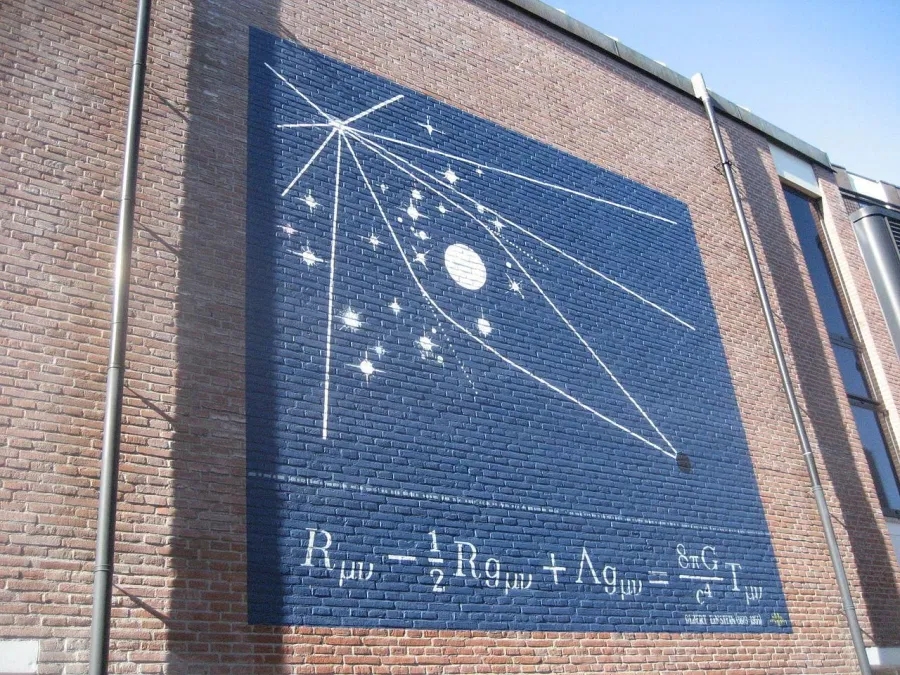
None of this is meant to take away from Einstein's brilliance or take credit for the things he did on his own. Instead, these stories are meant to help you understand how these big steps forward were made. Einstein was not, as is often said, a lone genius who worked outside of the strict rules of academia and changed the field because he was an outsider and didn't have to follow the dogmatic and limiting teachings of his time.
Einstein was able to solve all of these problems in a way that was consistent and didn't contradict itself because of his education and background. Because of his friends and coworkers, he heard ideas that helped him move forward and not stay in the same place. And it was because he was willing and even eager to rely on the ideas and knowledge of others, as well as to draw inspiration from them and use it in his own work, that his great ideas, many of which were very deep but just seeds at the time, were able to grow into the towering achievements we think about today.
I wrote an essay last year called "What if Einstein had never been born?" At the end, I compared the story of the lone genius to the efforts of other, less famous scientists to solve many of the problems that were still open at the time. I found that most progress would have happened even without the person who made the key breakthrough. Edwin Hubble did not help Georges Lemaitre or Howard Robertson when they put together the idea of an expanding universe. Sin-Itiro Tomonaga came up with quantum electrodynamics on his own, without help from either Julian Schwinger or Richard Feynman. Robert Brout and Alexei Starobinskii both wrote important papers about what we now call "cosmic inflation" a long time before Alan Guth's groundbreaking paper.
What would the world be like if Einstein had never been born? Would General Relativity have ever been made? Without a doubt, I think the answer is yes. Even at the time, there were many people close behind him. Einstein wouldn't have been as successful or had as much of an impact as he did if he hadn't listened to the ideas of the world-class minds around him. Even though our culture loves soundbites, with Einstein's "Imagination is more important than knowledge" being one of the most famous, these kinds of advances need both knowledge and imagination. No matter how much "inspiration" and "perspiration" you need, you can't get around the fact that you need expertise and hard work to make real progress.





















